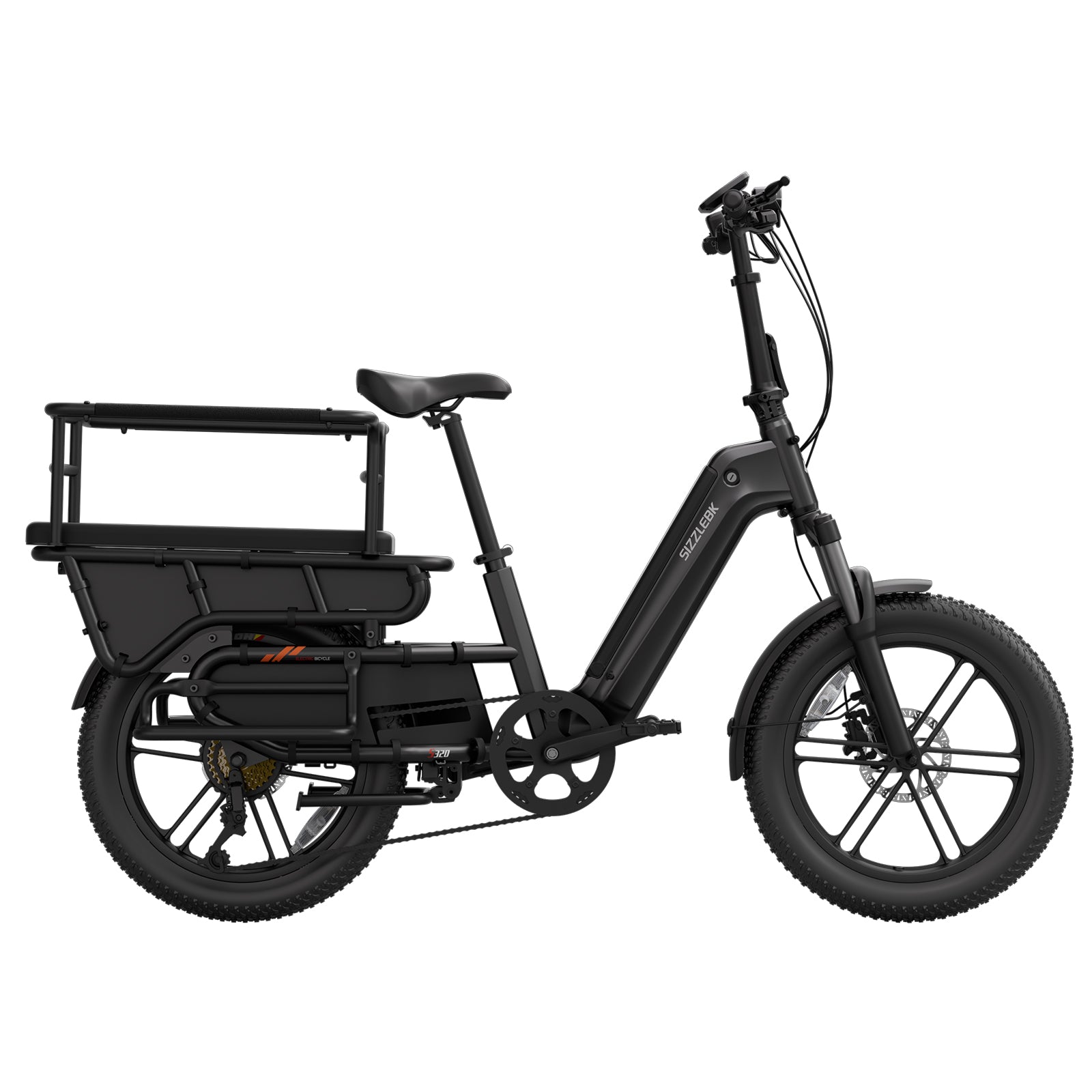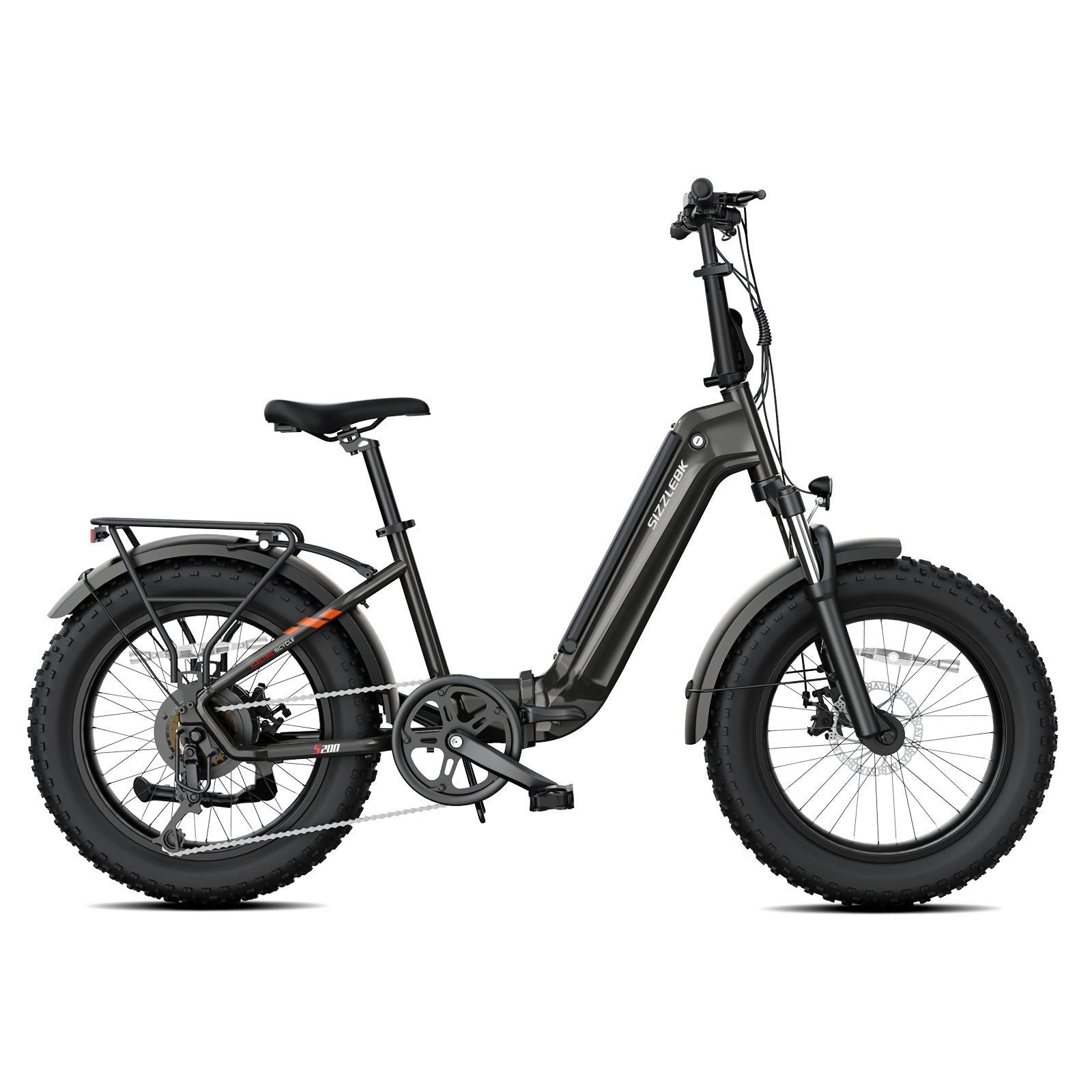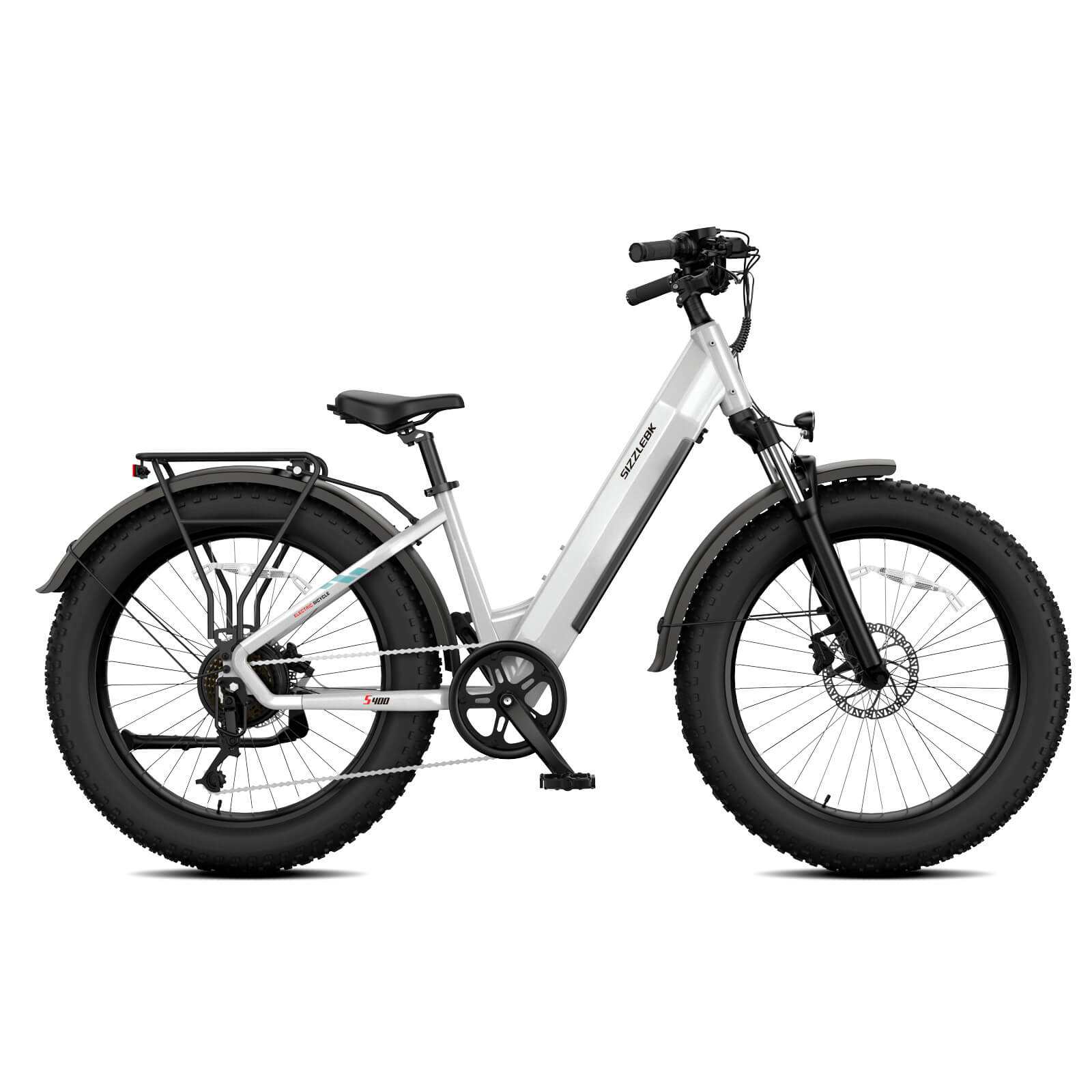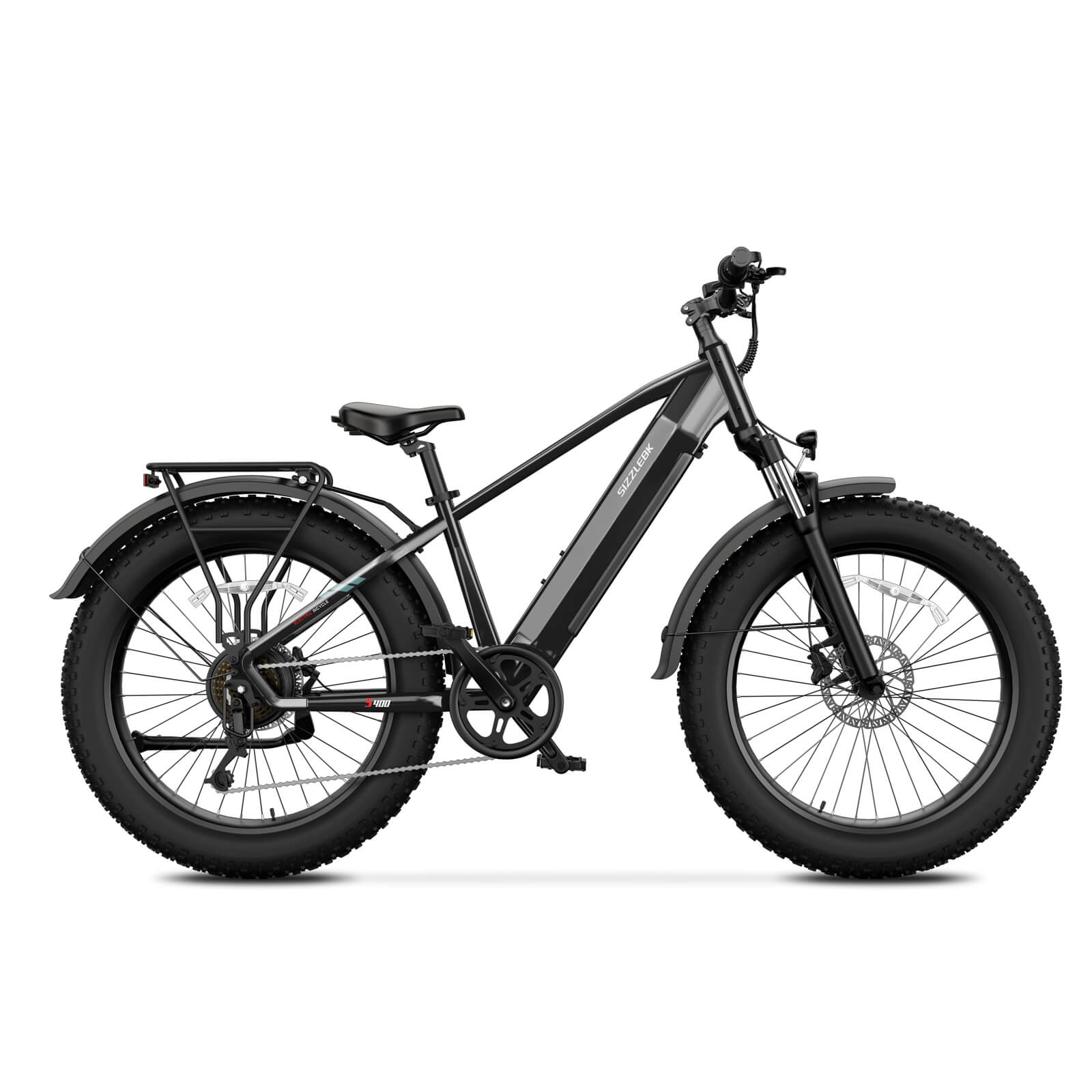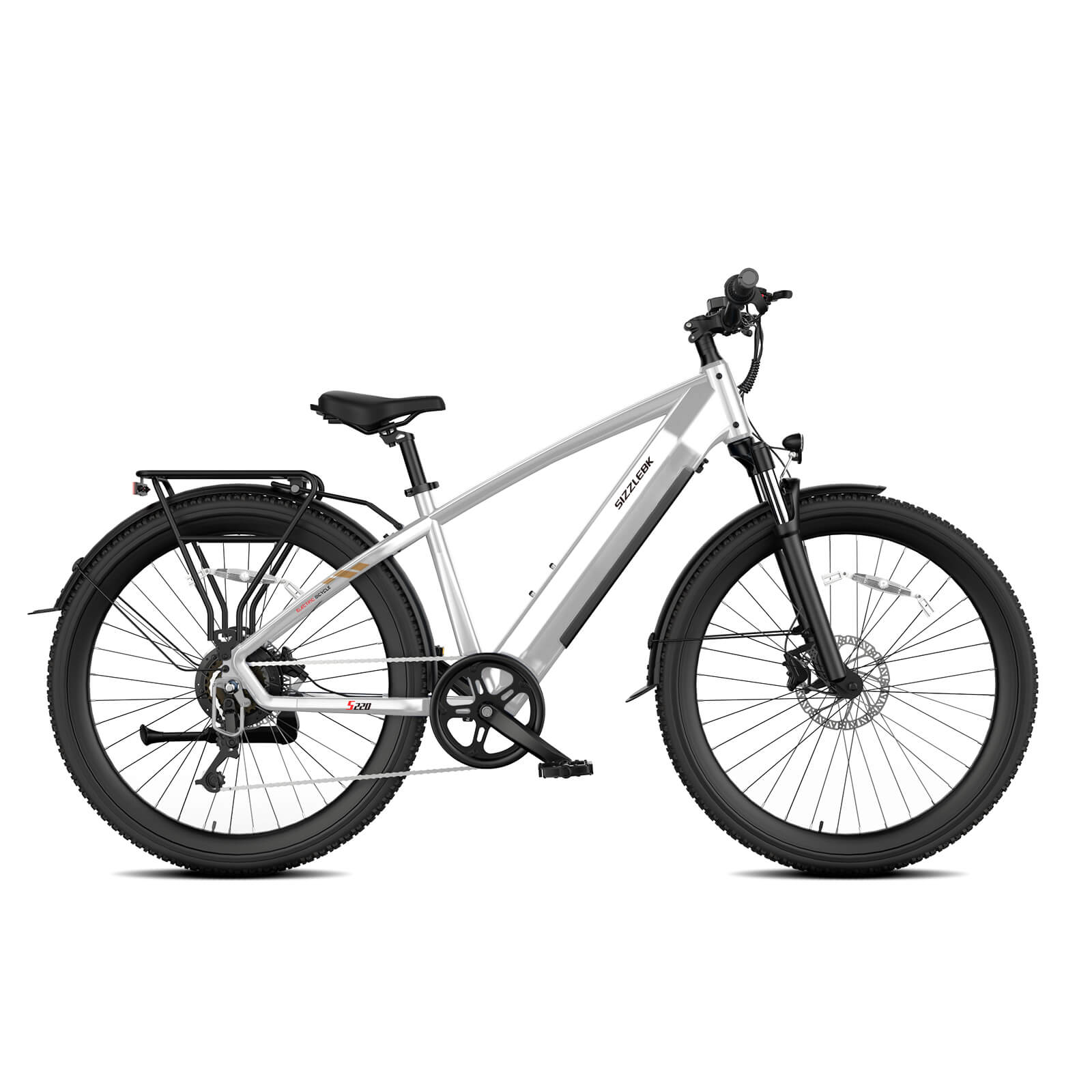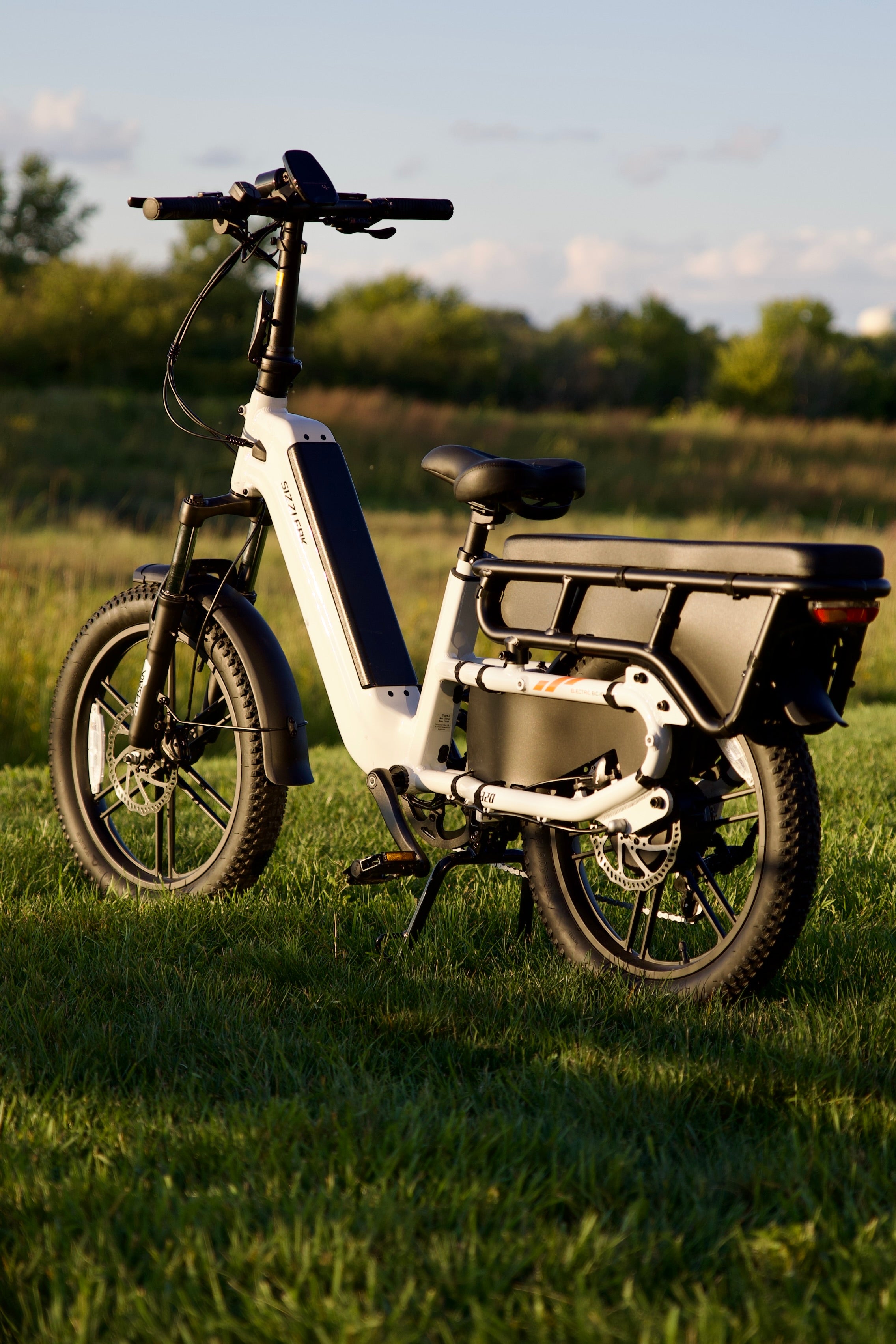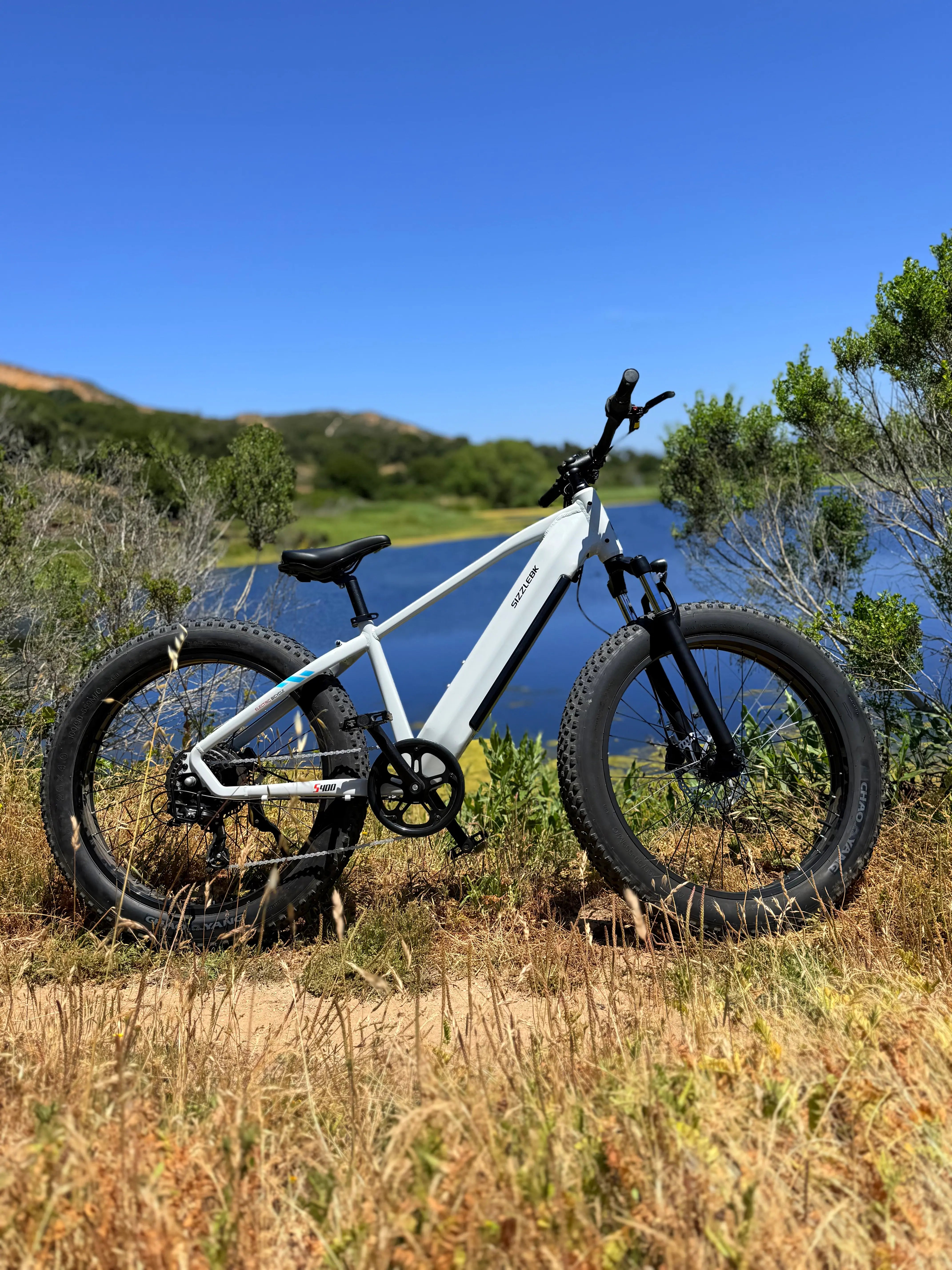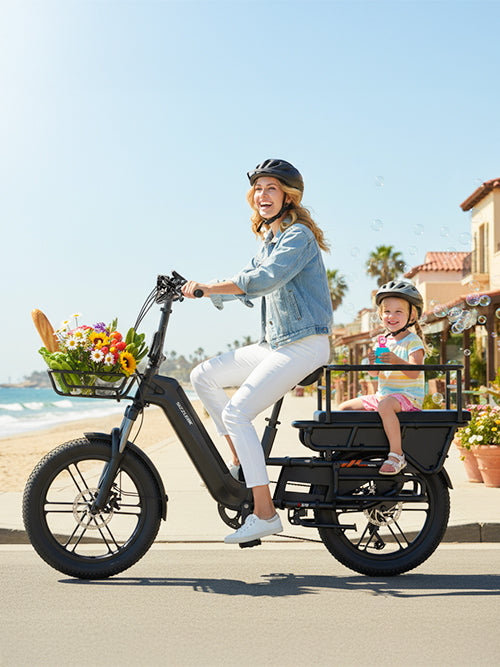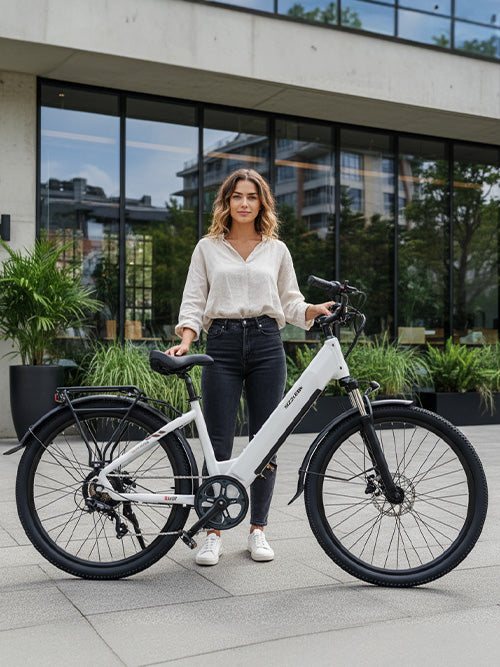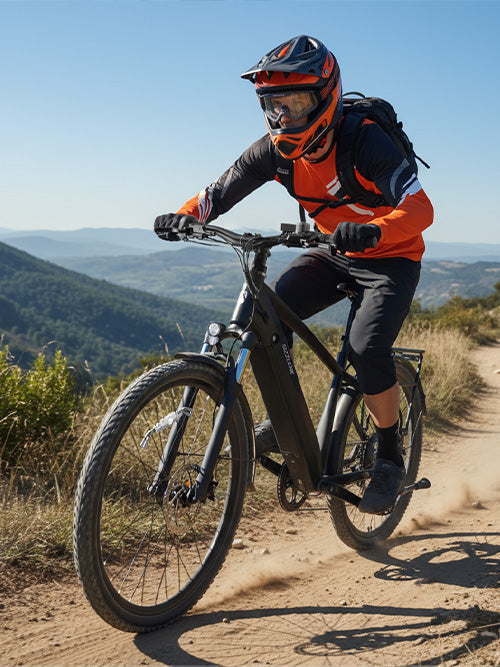The landscape of urban transportation is undergoing a significant transformation, and at the heart of this change is the cargo e-bike. These electric cargo bikes are becoming an increasingly popular choice in the United States. With their ability to carry heavy loads, navigate through traffic with ease, and offer an eco-friendly alternative to traditional vehicles, cargo e-bikes are reshaping how we think about transportation.
What Are Cargo E-Bikes?
Cargo ebikes, or electric cargo bikes, are bicycles equipped with an electric motor to assist with pedaling. They are specifically designed to carry heavy loads, making them an ideal choice for transporting goods, kids, or even pets. These bikes come in various styles, including long-tail, front-loading (also known as "bakfiets"), and compact models, catering to different needs and preferences.
Key Features of Cargo E-Bikes
Cargo ebikes are equipped with robust frames and powerful motors to handle additional weight. They often feature extended rear racks or front cargo boxes, providing ample space for carrying loads. The electric motor assistance makes it easier to pedal, even when carrying heavy cargo or going uphill. This feature is a game-changer for those who need to cover long distances or tackle challenging terrains.
The Growing Popularity of Cargo E-Bikes in the U.S.
The rise of cargo ebikes in the United States can be attributed to several factors. As urban areas become more congested, the need for efficient and sustainable transportation options is increasing. Cargo e-bikes offer a practical solution by reducing traffic congestion and lowering carbon emissions. Additionally, with the growing interest in health and wellness, more people are turning to cycling as a means of staying active.
Urban Congestion and Environmental Benefits
Cities across America are grappling with traffic congestion and air pollution. Cargo e-bikes present a viable solution to these challenges. By replacing car trips with e-bike journeys, urban dwellers can significantly reduce their carbon footprint. This shift not only benefits the environment but also contributes to cleaner air and quieter streets.
Economic Advantages
From a financial perspective, cargo ebikes are an attractive alternative to cars. They have lower upfront costs compared to vehicles, and their maintenance expenses are minimal. Moreover, as fuel prices continue to rise, the cost savings from using an electric cargo bike can be substantial. Businesses, too, are recognizing the economic advantages, with many opting to use cargo e-bikes for last-mile deliveries.
The Role of Policy and Infrastructure
The adoption of cargo ebikes in America is also influenced by policy and infrastructure developments. Many cities are investing in bike-friendly infrastructure, such as dedicated bike lanes and parking facilities, making it easier and safer for cyclists to navigate urban environments.
Supportive Policies
Local governments are increasingly supporting the use of electric cargo bikes by implementing policies that encourage cycling. Some cities offer incentives, such as subsidies or tax breaks, for purchasing ebikes. These initiatives aim to promote sustainable transportation and reduce reliance on cars.
Infrastructure Improvements
To accommodate the growing number of cyclists, cities are expanding their cycling infrastructure. This includes building more bike lanes, creating secure bike parking, and improving road safety measures. These improvements make it more convenient for people to choose cargo e-bikes as their preferred mode of transportation.
Real-World Applications of Cargo E-Bikes
Cargo ebikes are versatile and can be used in various scenarios. From personal use to business applications, their utility is vast.
Personal Use
For families, cargo ebikes offer a convenient way to transport children to school or run errands without the need for a car. They are also ideal for outdoor enthusiasts who need to carry sports equipment or camping gear.
Business Applications
Businesses are increasingly using cargo ebikes for deliveries, especially in urban areas where traffic congestion can delay traditional delivery vehicles. E-bikes provide a nimble alternative that can cut through traffic and reach destinations faster. Companies like Amazon and UPS have already started incorporating cargo e-bikes into their delivery fleets.
Challenges and Considerations
Despite their many benefits, cargo ebikes face certain challenges that need to be addressed for wider adoption.
Cost and Accessibility
The initial cost of purchasing a cargo ebike can be a barrier for some individuals and businesses. While prices have been decreasing over time, they still represent a significant investment. Enhancing accessibility through financing options or subsidies can help overcome this hurdle.
Safety Concerns
Safety is a critical consideration for potential ebike users. Ensuring that cyclists feel safe on the road is essential for encouraging more people to switch to cargo e-bikes. This requires continued investment in cycling infrastructure and public awareness campaigns to promote safe cycling practices.
The Future of Cargo E-Bikes in America
The future looks promising for cargo ebikes in the United States. As technology advances, we can expect to see even more efficient and affordable models entering the market. With continued support from policymakers and an increasing emphasis on sustainable living, cargo e-bikes are poised to become a staple in urban transportation.
Technological Advancements
Innovations in battery technology, motor efficiency, and lightweight materials will further enhance the performance and appeal of cargo ebikes. These advancements will make them more accessible to a broader audience and expand their use in various sectors.
Cultural Shift Towards Sustainability
As environmental awareness grows, more Americans are likely to embrace cargo e-bikes as a sustainable transportation option. This cultural shift will drive demand and encourage further investment in supportive infrastructure and policies.
In conclusion, cargo ebikes represent a transformative shift in how we approach urban transportation. By offering a sustainable, efficient, and versatile alternative to traditional vehicles, they have the potential to reshape our cities and improve our quality of life. As the trend continues to grow, we can look forward to a future where cargo e-bikes play a central role in our daily commutes and business operations.
❓ FAQs About Cargo E-Bikes
1. What can I carry with a cargo e-bike?
Cargo e-bikes are designed to transport a variety of loads, including groceries, kids, pets, sports gear, or business deliveries. Depending on the model—long-tail, front-loading, or compact—you can carry everything from daily essentials to bulky packages.
2. How far can a cargo e-bike go on a single charge?
The range of a cargo e-bike typically varies from 30 to 60 miles per charge, depending on the battery size, terrain, load weight, and riding style. Many modern models feature removable batteries for extended range with spares.
3. Are cargo e-bikes suitable for families?
Yes! Cargo e-bikes are ideal for families, offering safe seating setups for kids and plenty of space for school bags, groceries, or even a pet. Many models come with accessories like child seats, rain covers, and safety harnesses.
4. Do I need a special license or insurance to ride a cargo e-bike?
In most U.S. states, you don’t need a special license or insurance to ride a cargo e-bike, as long as its motor power and speed stay within local regulations (usually up to 750W and 20-28 mph). However, checking local laws before purchase is recommended.
5. Are there financial incentives for buying a cargo e-bike?
Many U.S. cities and states offer incentives like rebates, tax credits, or purchase subsidies to encourage the use of electric bikes, including cargo e-bikes. These programs can help offset the initial cost—check your local government’s website for details.
